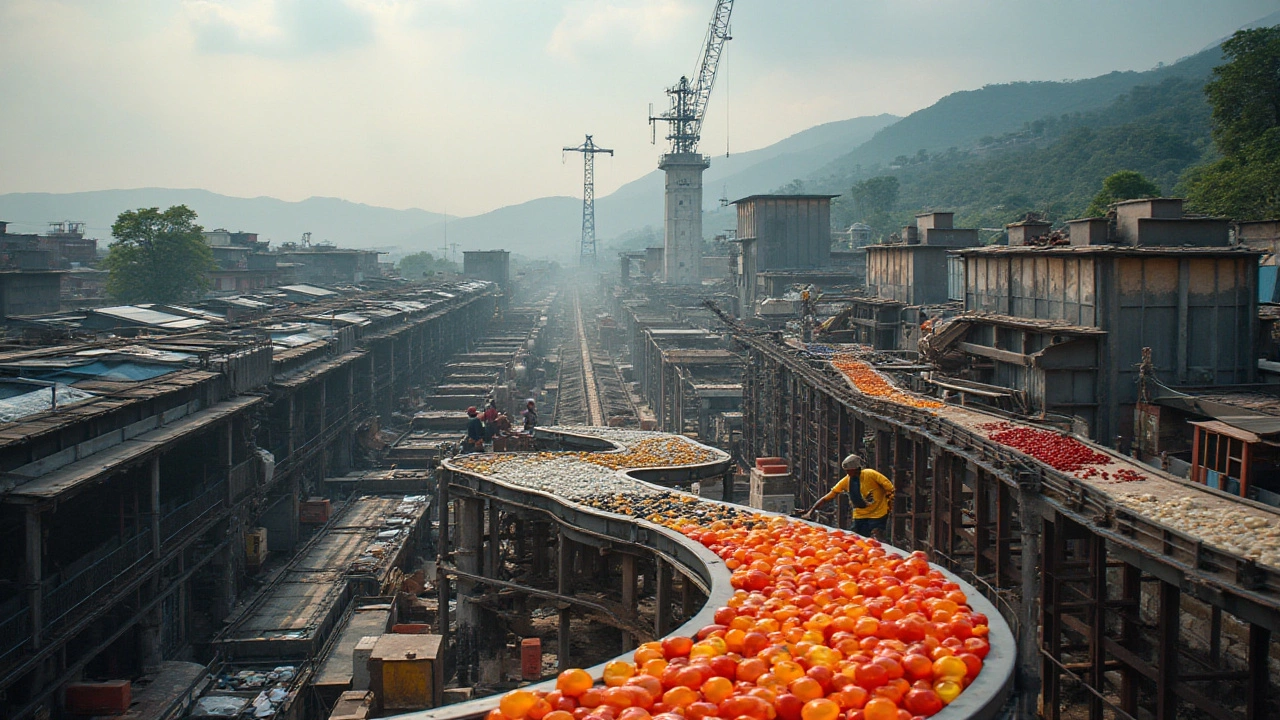Plastic Demand: Trends Shaping the 2025 Market
When talking about plastic demand, it helps to start with a clear definition. Plastic demand, the total volume of plastic materials that manufacturers, packagers, and consumers need in a given period. Also known as plastic consumption, it reflects everything from bottled water to automotive parts. This tag gathers articles that break down why certain resins are booming, how recycled content changes the game, and what supply‑chain moves matter most right now.
Key Drivers Behind Today’s Plastic Demand
The biggest driver is recycled PET, post‑consumer polyester turned into new bottles, films, and fibers. Companies chase rPET because it cuts raw‑material costs and meets stricter sustainability rules. HDPE, high‑density polyethylene used for pipes, containers, and caps is another hot player; its durability and low price keep it in demand for construction and packaging alike. These two resins illustrate a simple semantic triple: Plastic demand encompasses recycled PET and HDPE, and both require robust supply chains to stay affordable.
Another core entity is the resin market, the economic ecosystem that prices, forecasts, and allocates different plastic polymers. When resin prices spike, manufacturers may switch to alternative grades, directly shifting plastic demand patterns. This creates a second triple: The resin market influences plastic demand, and plastic demand drives resin market dynamics.
Supply‑chain transparency is also rising. Brands now ask for sustainable packaging, packaging designed to reduce waste, improve recyclability, and lower carbon footprints. This push forces producers to source more recycled content and invest in new technologies. Here’s a third triple: Sustainable packaging requires recycled plastic, and recycled plastic boosts overall plastic demand.
Beyond the big players, niche plastics like PP for automotive interiors, polypropylene used in car dashboards, bumpers, and trim are gaining traction as electric vehicles need lightweight, flame‑retardant parts. Meanwhile, specialty films such as LLDPE are essential for solar panel backsheets, tying renewable energy growth back to plastic demand.
These examples show how interconnected the ecosystem is: production trends affect demand, demand shapes resin availability, and policy pressures steer material choice. Understanding these links helps anyone from a plant manager to a sustainability analyst make smarter decisions.
Our collection below reflects this web of relationships. You'll find a deep dive into which resins are winning in 2025, practical tips for sourcing recycled grades, and analysis of how market forces are reshaping the Indian manufacturing landscape. Whether you’re hunting for data on rPET market share or need a quick snapshot of HDPE pipe demand, the articles give you both the numbers and the context you need.
Ready to see how these trends play out in real‑world case studies, salary insights for factory jobs, and even the impact on local economies? Scroll down to explore the curated posts that bring each piece of the plastic demand puzzle to life.
Top Buyers of Plastic in the Manufacturing Industry
Plastic is ubiquitous, comprising items we use every day. The largest buyers of plastic are frequently industrial giants spanning various sectors, driving demand across the globe. Recognizing these key buyers provides insight into market trends and sustainability challenges. The article explores who these buyers are and their impact on economic and environmental scales, offering a deeper understanding of the manufacturing ecosystem.
- manufacturing
- India
- food processing
- garden tips
- rice cultivation
- government schemes
- balcony garden
- urban gardening
- balcony gardening
- profitable business
- business ideas
- plastic manufacturing
- drip irrigation
- plant care
- steel manufacturing
- sustainable gardening
- startup ideas
- steel industry
- flower gardening
- textile manufacturers






